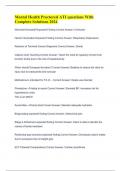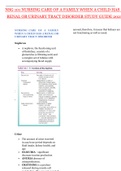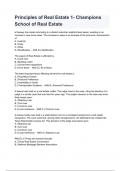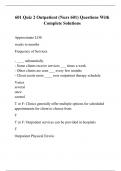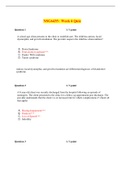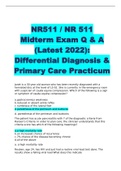Samenvatting
Conjoint Analysis - 328053-M-6 - samenvatting
- Instelling
- Tilburg University (UVT)
Complete summary of all lectures & slides from module 1 - 11. For Master students in Marketing Management & Marketing Analytics at Tilburg University - Conjoint Analysis - -M-6
[Meer zien]





